Beef Short Ribs on a Pellet Cooker
This might be controversial but I enjoy beef ribs more than I like pork. Beef ribs are also much easier to prepare, smoke, and in my opinion, taste better - Granted, I still love the sweet flavors that pair with pork, I'm just a bigger fan of savory flavors. Just want the recipe? Click here to jump to it! A steer has 13 ribs on each side that begin at the front of the steer; The first five are in the beef chuck, the next seven are in the beef rib and extend down into the short plate, the last is in the loin. There are two main variations of beef ribs: short ribs and back ribs. Short ribs are sourced from two places, the short plate and the chuck. Depending on where you live and the standards of the butcher, the forequarter is separated between the 4th and 5th ribs or the 5th and 6th ribs. After which you're left with the rib primal (prime rib, ribeye, back ribs, etc) and the short plate as well as the extension of the brisket (navel or deep pectoral). Ribs sourced from the short plate are referred to as either plate short ribs or "loaded" beef ribs. Plate short ribs are from the lower portion of the rib cage hence "short plate." The short plate runs from rib 6 to rib 10 and sits between the brisket and flank steak. Plate short ribs come from ribs 6, 7, and 8 and are cut just below the ribeye as 3 or 4-bone slabs. Note: Their industry code is IMPS #123A Chuck short ribs run from rib 2 to rib 5 and are cut just above brisket and are sold as 3-bone slabs. Note: Their industry code is IMPS #130 Back ribs are from the dorsal area of the steer. They're sourced from the rib primal after the ribeye muscle or rib roast (prime rib) has been removed. Unlike short ribs where the meat is on top of the bone, back ribs feature a small amount of intercostal meat (between the ribs). Since this meat comes from the same beef primal as the ribeye, it's heavily marbled. Note: Their industry code is IMPS #124 In a grocery store, beef ribs are vacuum sealed. If you're lucky enough to have a local butcher you can use the IMPS codes above and they can cut the meat for you. The first step is to remove the ribs from the packaging. This should be done over the trash and the purge-laden packaging should be discarded. Do not rinse the ribs in the sink. Doing so could contaminate your sink, utensils, clothing, and other surfaces and only increase your risk of food poisoning. After which you can take a paper towel and pat-dry the membrane side and the meat/fat side. If you have beef back ribs, they will not have a "fat" side whereas short ribs will. On back ribs, it's recommended to remove the fat cap and the silver skin below it. The fat cap will not render as nicely as the fat cap in pork. You could leave this layer on if you prefer, however it's not very palatable. The silver skin also will not render as it's a thin membrane of protein/elastin that's essentially inedible. On back ribs, the membrane also directly touches the meat too as the meat is between the bones, not on top of it like with beef short plate ribs. The membrane lines the abdominal cavity and is used to support and protect the organs of mammals. I have an entire article on the membrane removal process. To echo my thoughts from that article - The main reason to remove the membrane is because it affects the mouth-feel/eating experience; The membrane does not render and will result in a chewy mouth feel. Removal is fairly straight forward: Here is a video I recorded showing the membrane removal on beef back ricks. Note: If I were to hang these ribs on the Pit Barrel Cooker, I would of left the membrane on. Beef ribs tend to shrink a lot when cooked, the membrane can help to physically hold the meat on the bone. In this case I'd likely score or cross-hatch the membrane with a knife to make removal easier after smoking. In terms of dry rub, my buddy Shane was nice enough to get me a new rub - Highland Foods Maple Pepper. We're from New Hampshire and Vermont Maple syrup makes its way into all sorts of things, including rubs. This rub features maple sugar, salt, and coarse-ground black pepper. However, a basic rub that works with beef is equal parts kosher salt and black pepper. Since I was dry brining these and allowing them to sit in the refrigerator over-night, using a binder wasn't necessary. Dry brining works through osmosis - When salt is added to meat, the meat's juices are drawn out. Since salt is soluble, it dissolves in these meat juices and creates its own brine. This process also allows for muscle proteins to denature. Salt is comprised of sodium and chloride ions that carry electrical charges; These ions attack proteins and cause muscle fibers to loosen. If you were to use a binder, most people use soy sauce or Worcestershire sauce with beef where-as most people use a mustard binder with pork. Soy or Worcestershire sauce complement beef and can further enhance flavor. Beef pairs well with hickory smoke so I used 100% Lumber Jack hickory pellets. Learn More: The Best Pellets for Smoking: Guide and Hands-on Review I set my Grilla Grills Silverbac to 225 F on the standard mode - results in a temperature swing of +/- 10 F and more smoke output. I placed the ribs in the center of the grate and allowed the Beef Back Ribs to smoke for 2 1/2 hours. At this point there was visible pull-back from the bone and the color was satisfactory so I decided to wrap in butcher paper. Wrapping confers a number of benefits, namely it increases humidity and helps to provide a moist environment. This is the same reason people will introduce a water pan inside a smoker. With beef I almost always use butcher paper to wrap as I use minimal liquid (a literal painted layer) when wrapping beef. Butcher paper is a permeable/porous surface where-as aluminum foil is not. While wrapping or Texas Crutching can help to combat "meat stalls" this doesn't happen much with small cuts of meat like beef back ribs. The main reason I do it is to prevent the meat from drying out. When wrapping beef ribs, I also like to apply a small amount of equal parts water and Worcestershire sauce to the paper and surface of the rib. Apart from this, butcher paper will also work to absorb meat juices, fat, and water which can help the meat to cook slower - gives more time for rendering of collagens and fat. Wrapping with butcher paper also means you trap less steam and the bark won't turn soggy. On back ribs, there isn't enough meat to even create a heavy bark like you would on brisket, however if you go heavy on the pepper, the wrap could ruin the crust. Note: Don't fret if you don't have butcher paper. Wrapping is my personal preference and people cook beef ribs without wrapping all the time. I allowed the beef ribs to further smoke until probe tender. As I noted in my article on why I don't like the 321 method for pork ribs is because it does not account for probe tenderness, internal temperature, or color. Note: I use a ThermoWorks Thermapen MK4 to check internal temperatures and probe tenderness. Typically at 195 - 205 degrees all meat collagens have broken down and fat has rendered. However, using your temperature probe to physically poke between the bones tells you if the meat is ready. If the probe feels like it's sliding through hot butter, it's tender. While temperature is a good gauge of doneness, it does not account for tenderness. This process took another hour before the meat was probe tender. I allowed the beef ribs to rest for 30 minutes inside the butcher paper. This allows the meat juices to reabsorb back into the meat. After resting, I sliced the meat and served on the bone. Total cook time was roughly four hours. Pellet Grill Paper towels Butter Knife Tablespoon/Teaspoon/Spoon Remove the beef ribs from the vacuum packaging and discard it in the trash. 2 half racks Beef back ribs Don't rinse the meat in the sink. Pat dry with paper towels. Remove the membrane using a butter knife to lift and a spoon to further lift the membrane until you reach the other side. Then use your paper towel to grip and rip the membrane away from the bones. Using your rub of choice, apply a liberal amount to the meat. I personally used Highland Farms Maple Pepper but a good beef rub is equal parts kosher salt and pepper. 1/3 cup Kosher salt, 1/3 cup Coarse-ground pepper Allow the marinade to dry brine over night in the refrigerator. Set your pellet grill to 225 F. My pellet grill has a "swing" mode that allows for more smoke output. This is usually the non-PID mode on your pellet smoker. Place the meat in the center of the grates and allow to smoke for 2 1/2 hours. After 2 1/2 hours there should be visible pull-back from the bone and a mahogany color. After 2-3 hours, wrap the ribs in butcher paper for another hour. Check both the internal temperature and the probe tenderness. Typically at 195 - 205 F the meat collagens will be broken down and the fat will be rendered. However, a probe is necessary in order to check tenderness. At 202 F these beef back ribs were probe tender. Allow the beef ribs to rest inside the butcher paper for another 30 minutes. After resting, slice and serve on the bone. What to Look for in Beef Ribs
What are Beef Short Ribs
Plate Short Ribs or "Loaded" Beef Ribs
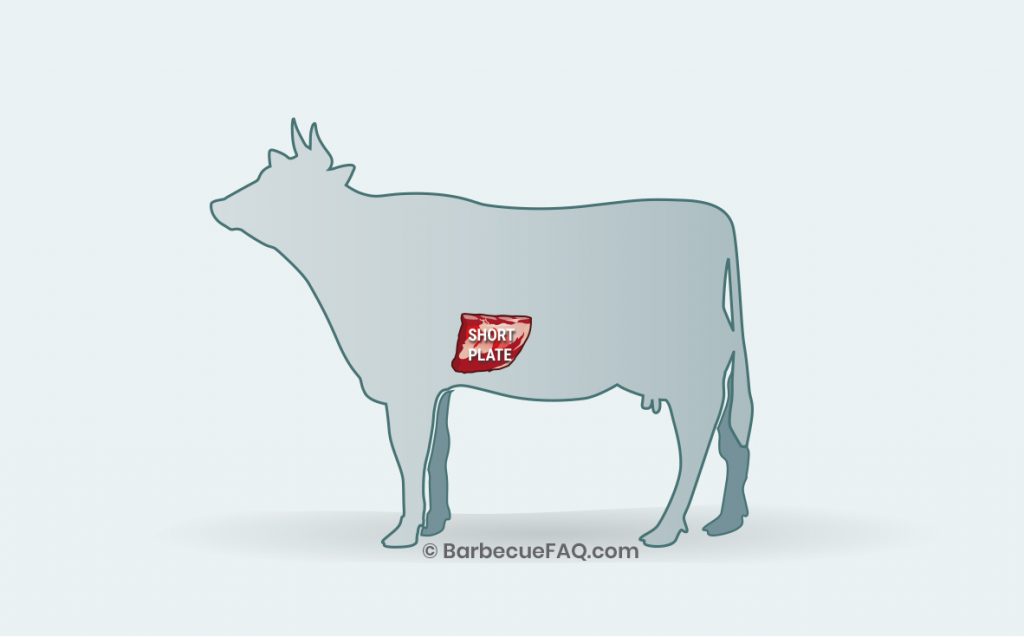
Chuck Short Ribs
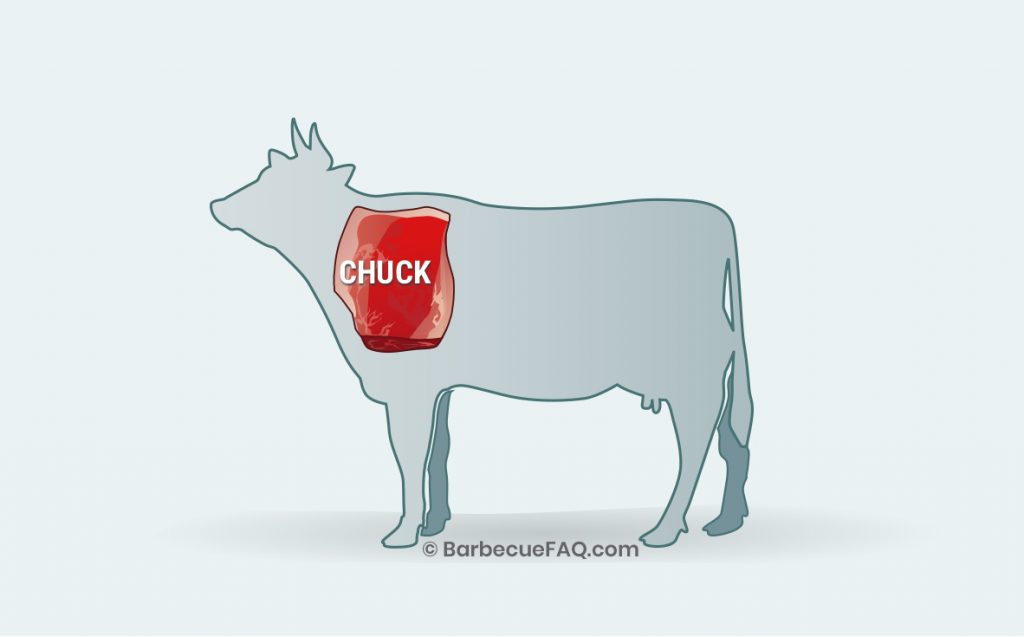
What are Back Ribs
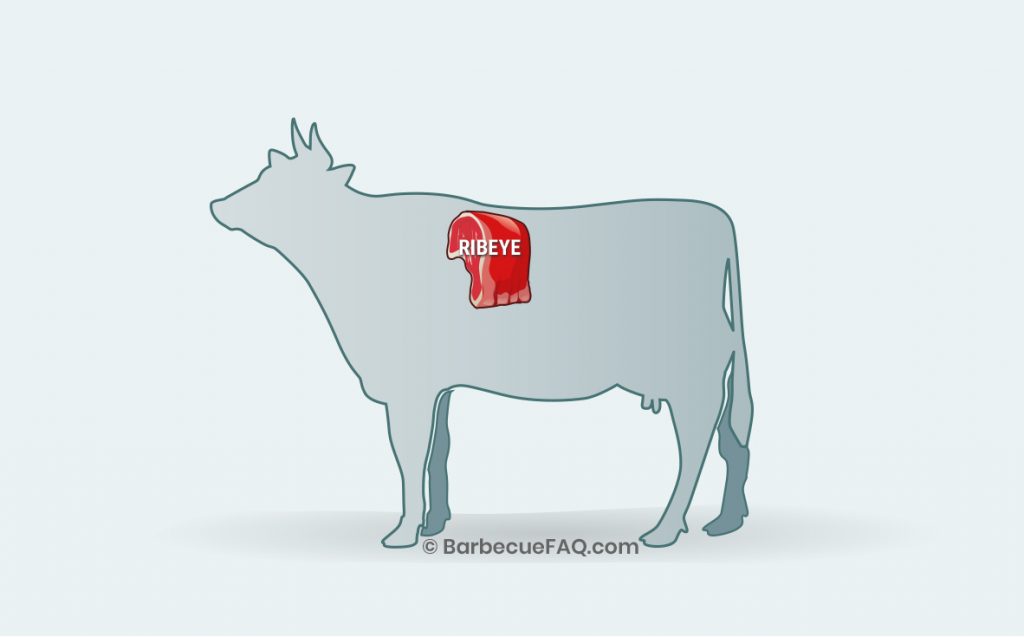
How to Prepare Beef Ribs
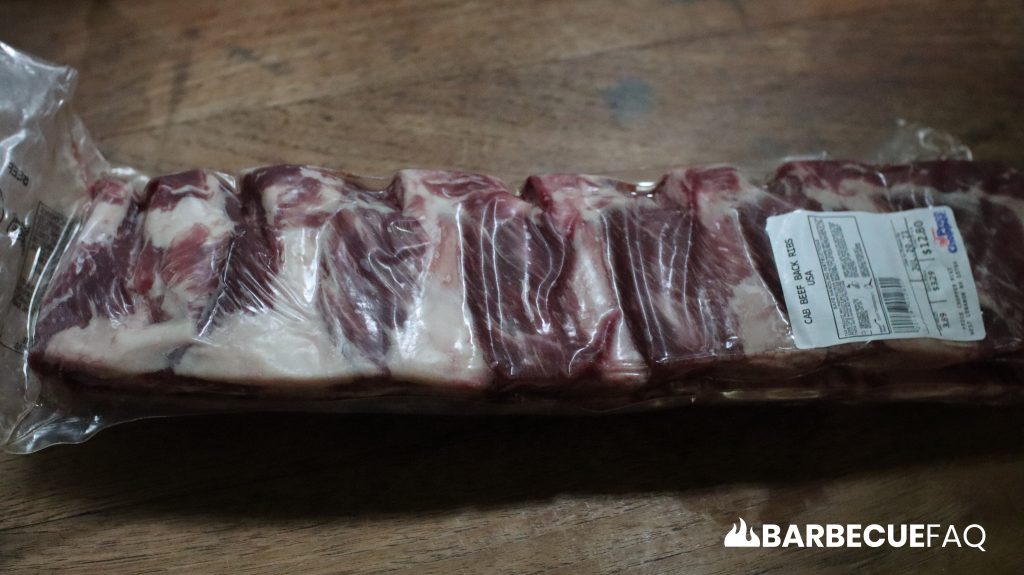
Removing the Fat Cap and Silver Skin
Removing the Membrane
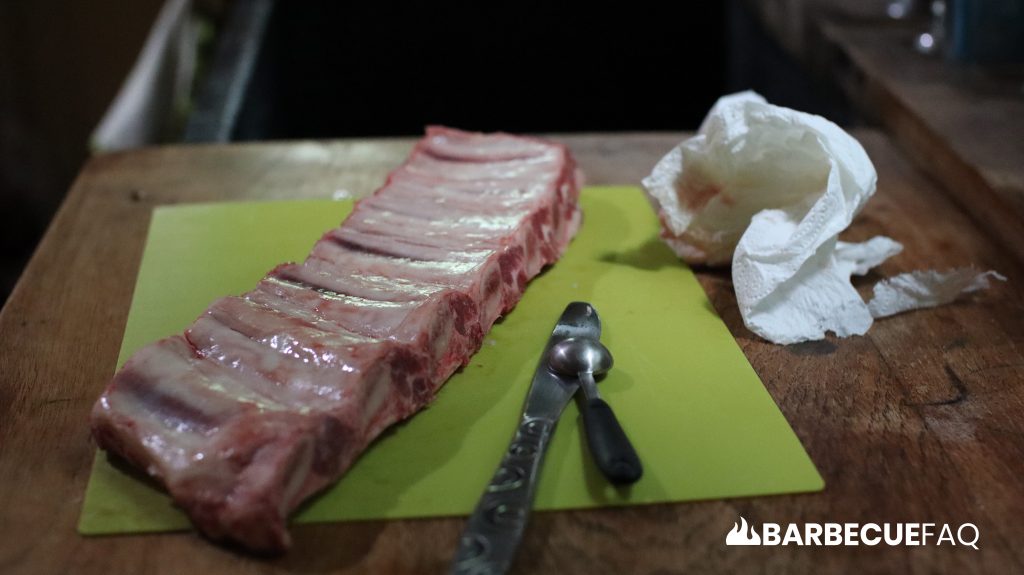
Dry Brining the Ribs
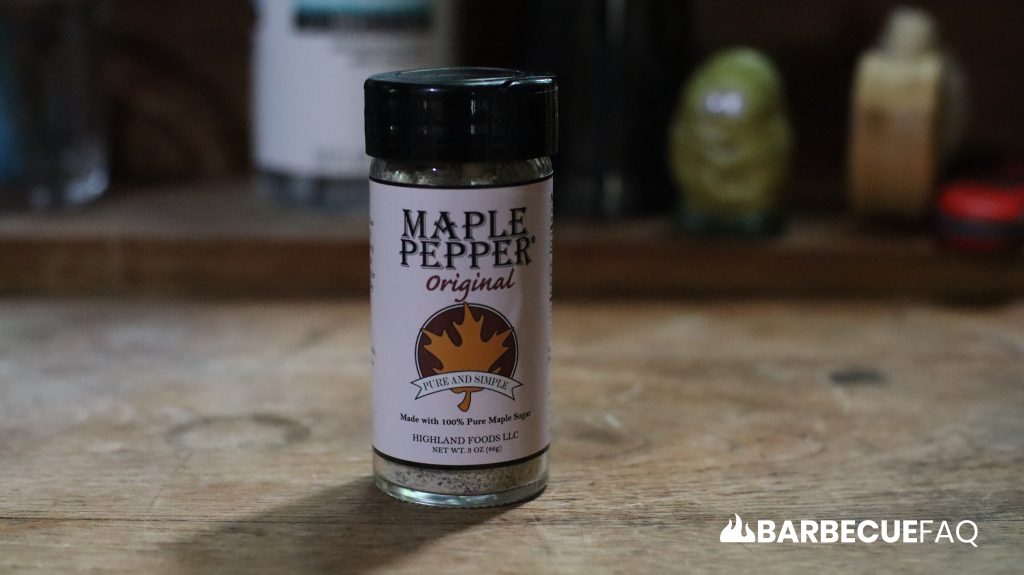

Smoking Beef Ribs on the Pellet Grill

Wrapping the Beef Ribs


Resting the Beef Ribs

Dry Rub
Smoking the Beef Ribs
Source: https://barbecuefaq.com/beef-ribs-on-a-pellet-grill/
0 Response to "Beef Short Ribs on a Pellet Cooker"
Post a Comment